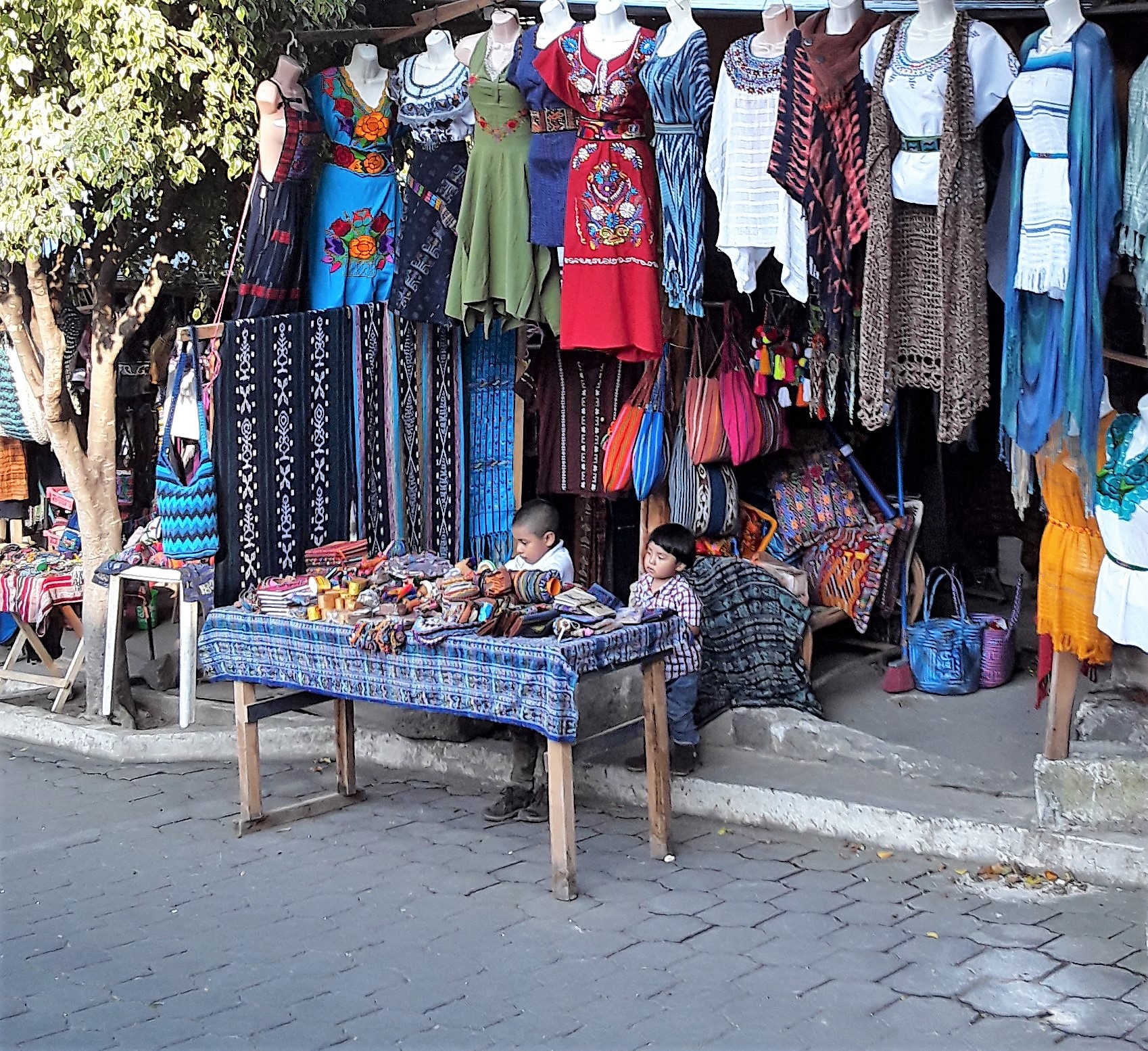Why Guatemala?
“In Guatemala, the gap between rich and poor must be eliminated, or we will continue to be the example of conflict in America.”
-
· 32% of the population is under 14
· Over half of the population lives below the poverty line (55.2%)
· 44% of the population is Mayan/ 22 Mayan languages
· Nearly half of all children (46.5%) face chronic malnutrition
-
· Guatemala’s Human Capital Index (HCI) score is .46 - An HCI score of .46 indicates that a child born in Guatemala would be expected to reach only 46 % of its lifetime productivity as a future worker vs. a child who enjoyed complete education and full health. (US child is 70%).
· Guatemala has the highest rate of child malnutrition in Latin America and is sixth worldwide.
Childhood malnutrition impairs brain development and academic performance throughout the school years. Malnourished children score 7% lower in math tests and are 19% less likely to be able to read at age 8.
-
· Free education ends in 6th grade
· Most Guatemalan youth do not reach high school, with 41 percent of all teenagers (13–18 years) out of school.
· Before the pandemic, 61% of third-grade students did not achieve a minimum reading proficiency level. For sixth-grade students, nearly 85 percent of students were below standards. COVID exacerbated the preexisting crisis.
Primary education is the level that most influences a person’s future; hence, it is the environment ripe for continuing development and strengthening. Primary education is proven to affect equity, economic independence, and human development in low-income countries. If Guatemala can increase the literacy rate of this new generation, real change is possible.
Teachers in primary schools need more training and ongoing professional development. Moreover, teachers often lack the classroom educational resources required to support their teaching efforts. So, although Guatemala’s Ministry of Education focuses on a better education system by making it compulsory and free, the facts are sobering.








